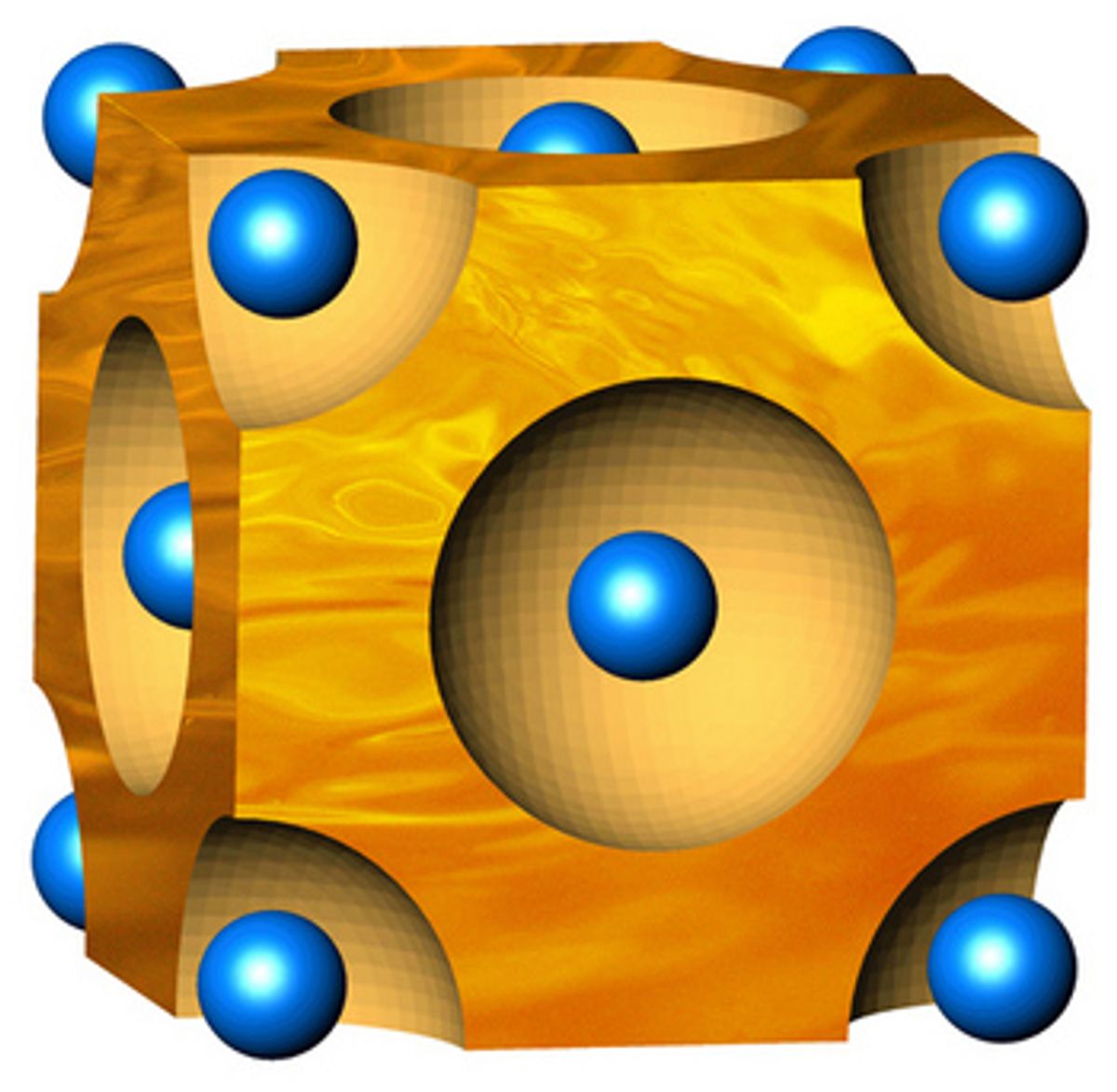Thermoelectric materials’ ability to generate an electrical current simply from differences in temperature has been a seductive proposition for providing sustainable energy solutions. And for good reason. If you placed a thermoelectric material next to a heat source, like a laptop battery, the electrons in the material would move to the cool side of the material thereby generating an electrical current. So, you can generate electricity just from waste heat from all sorts of machines and devices.
It’s an intriguing idea, but there are a couple of problems. The materials people have been experimenting with either possess a pretty poor thermoelectric conversion efficiency or they are prohibitively expensive for commercial uses.
With these challenges in mind, researchers are turning increasingly towards nanomaterials for solutions. Last month, I reported on Wake Forest researchers using multi-walled carbon nanotubes to fabricate a thin film that the researchers claim can convert differences in temperature into electrical energy more efficiently and more inexpensively than existing solutions.
"It's like a wet sponge," explains Jeff Snyder, a faculty associate in applied physics and materials science in the Division of Engineering and Applied Science at Caltech and a member of the research team. "If you have a sponge with very fine pores in it, it looks and acts like a solid. But inside, the water molecules are diffusing just as fast as they would if they were a regular liquid. That's how I imagine this material works. It has a solid framework of selenium atoms, but the copper atoms are diffusing around as fast as they would in a liquid."
The research, which was published in the journal Nature Materials, found that this unusual behavior of the copper ions around the selenium lattice resulted in very low thermal conductivity (bad at conducting heat) in what is otherwise a fairly simple semiconductor (good at conducting electricity), making it an excellent candidate as a thermoelectric material and a relatively inexpensive one.
The liquid quality of the material limits the heat-carrying vibrations so they can only travel in longitudinal waves, which results in the material being less thermally conductive than a solid material. Then in combination with the crystal structure of the selenium, which helps conduct electricity, the copper-selenium material has the thermoelectric figure of merit (thermoelectric efficiency) of 1.5 at 1000 degrees Kelvin, one of the highest values for a bulk material, according to the researchers.
Interestingly, NASA scientists had worked with a copper-selenium material 40 years ago, but because the material had this liquid-like property they found it difficult to work with. Now with this research that identifies and explains why the material has such excellent thermoelectric properties, Snyder believes that it could open up liquid-like thermoelectric materials for further research.
Dexter Johnson is a contributing editor at IEEE Spectrum, with a focus on nanotechnology.




